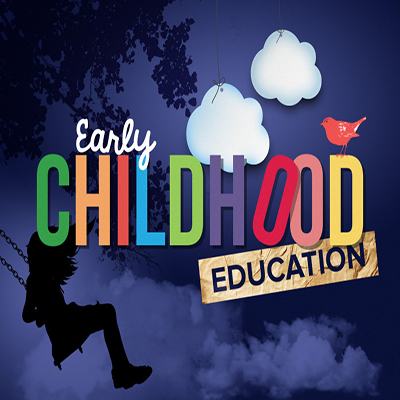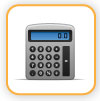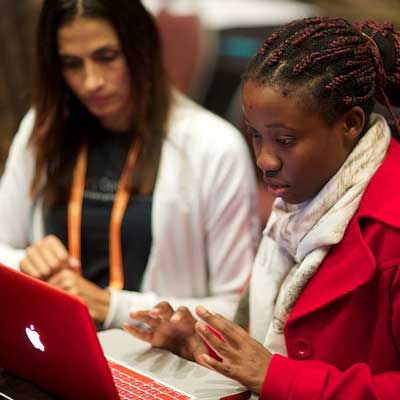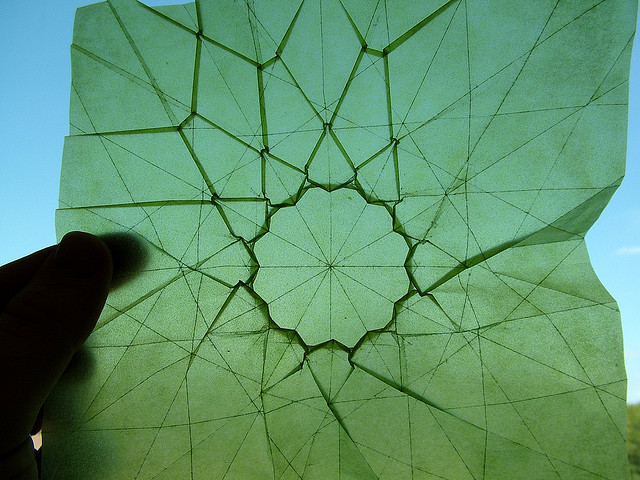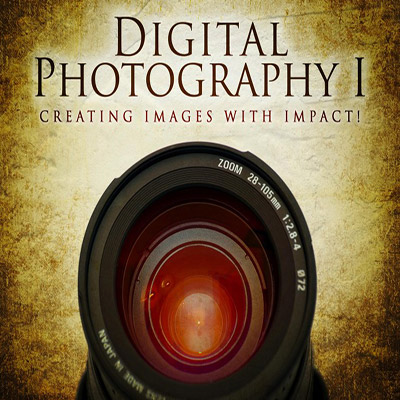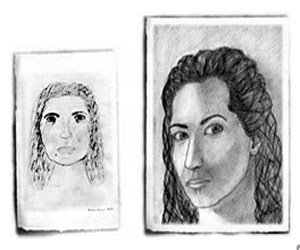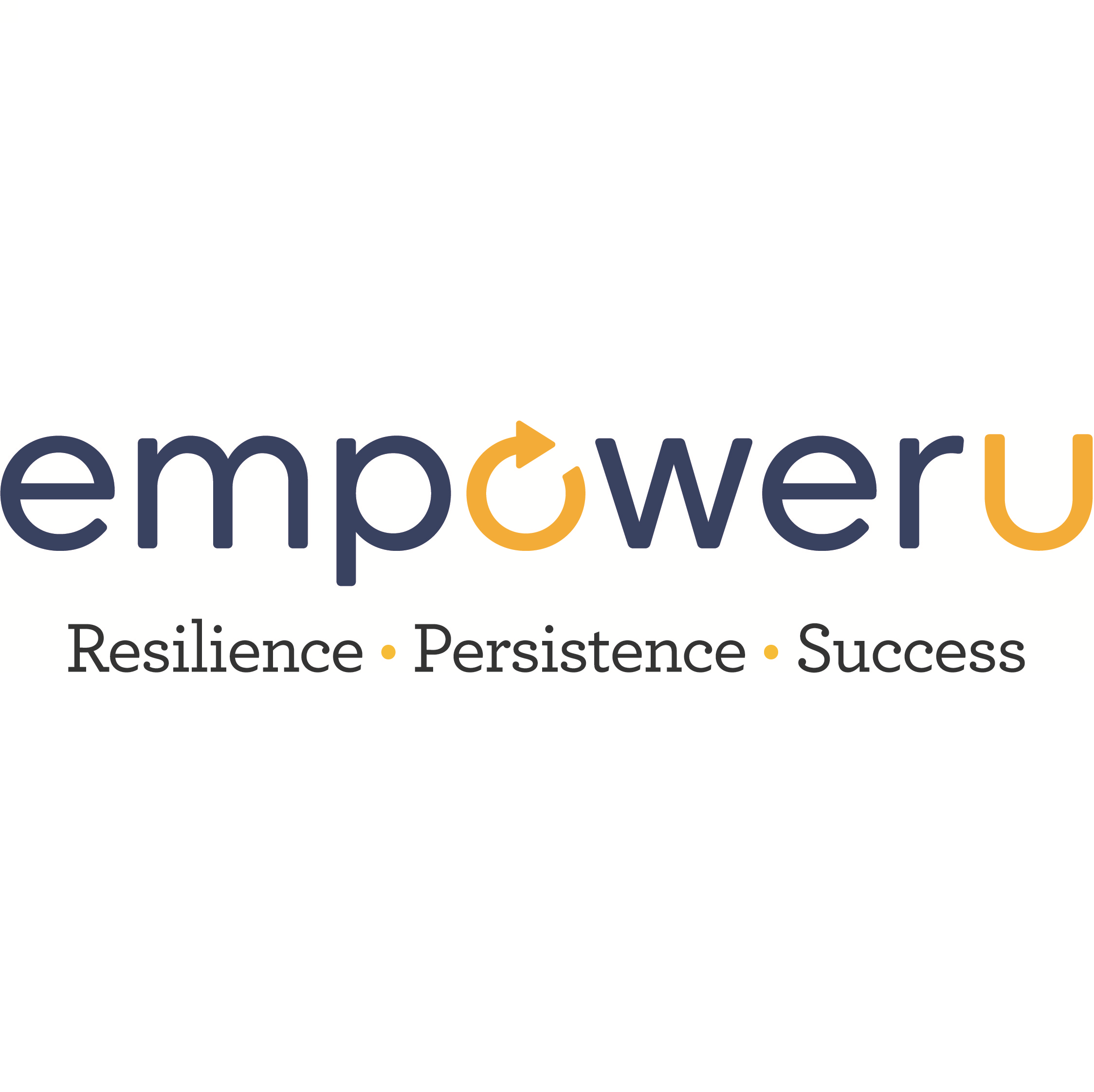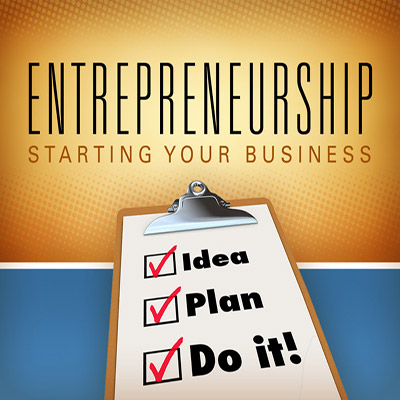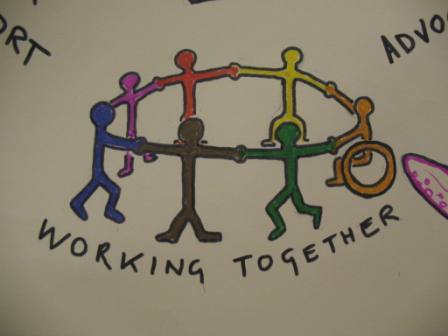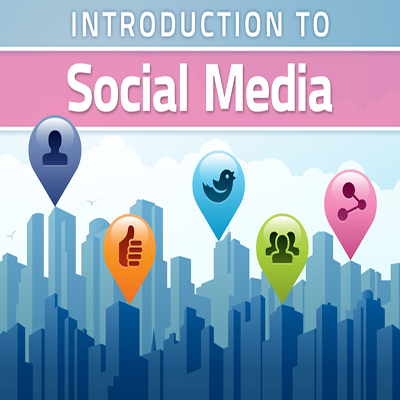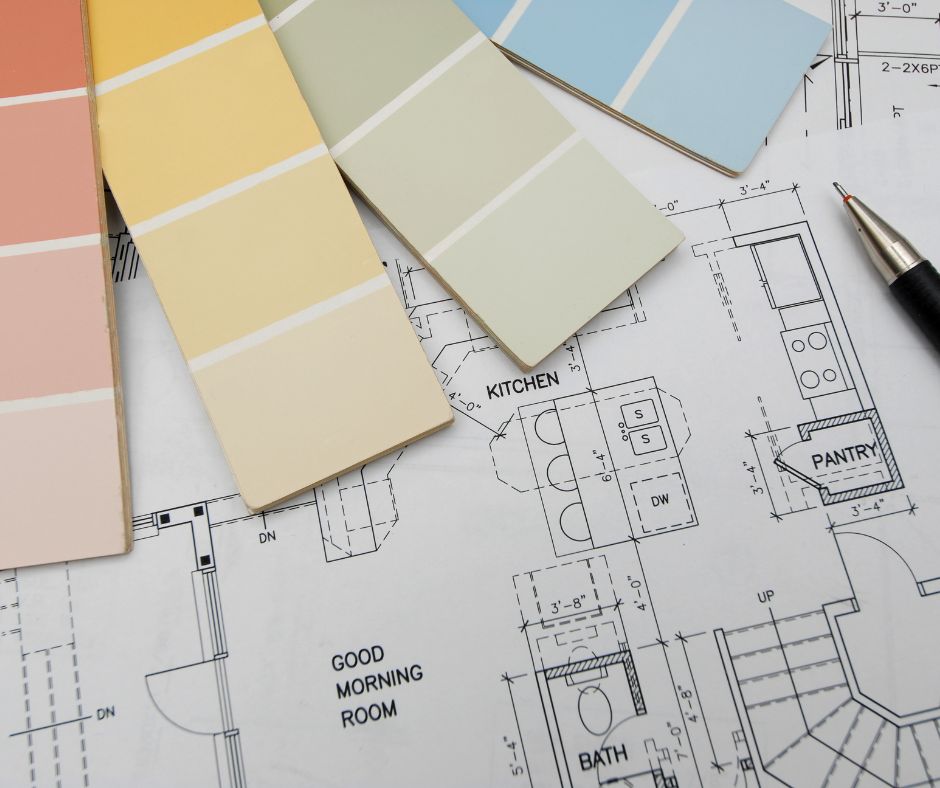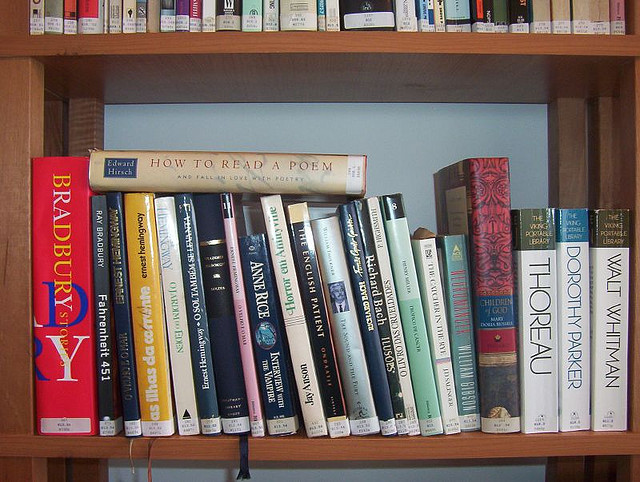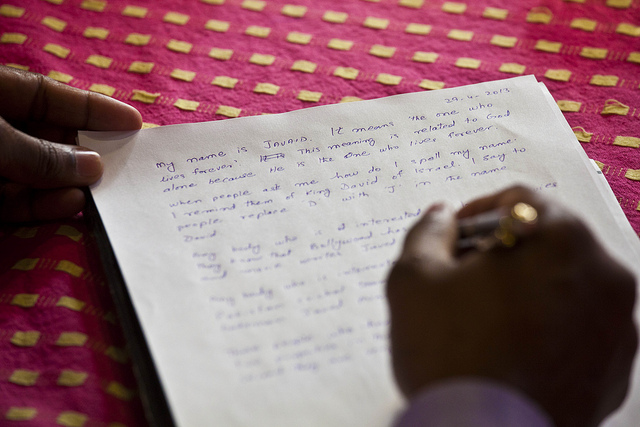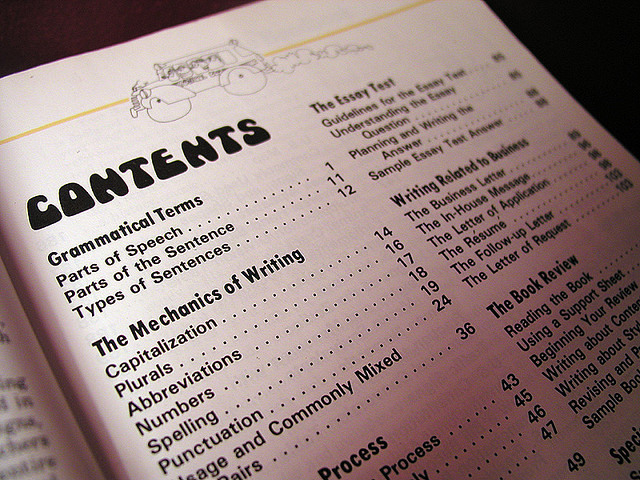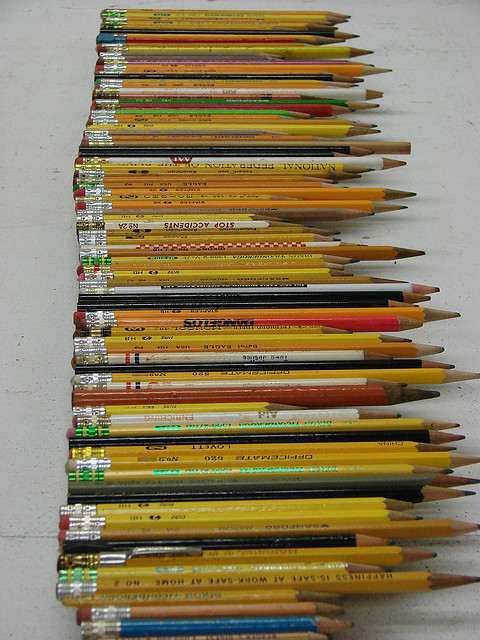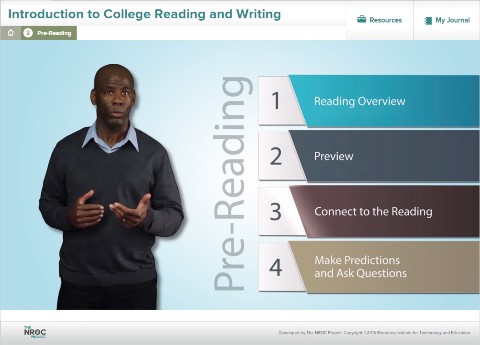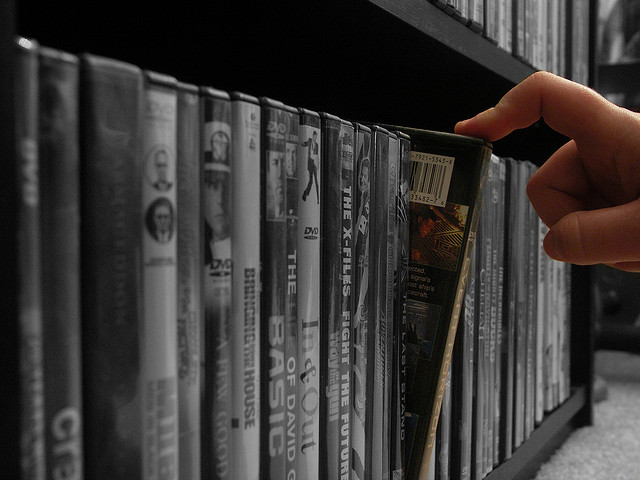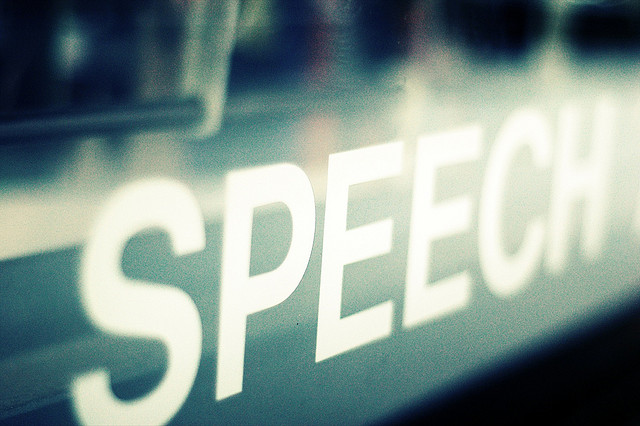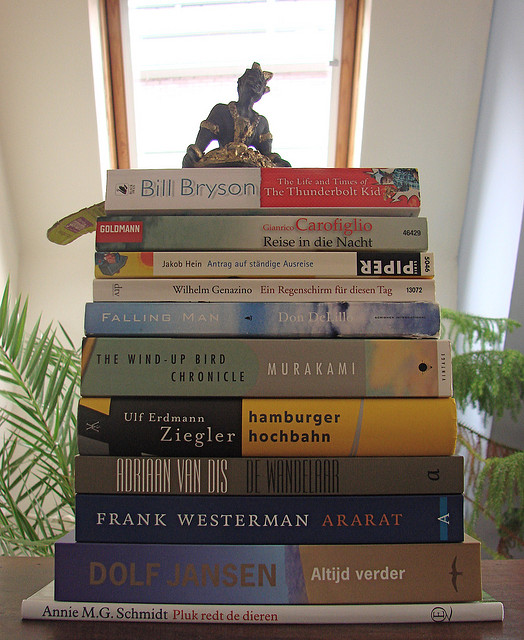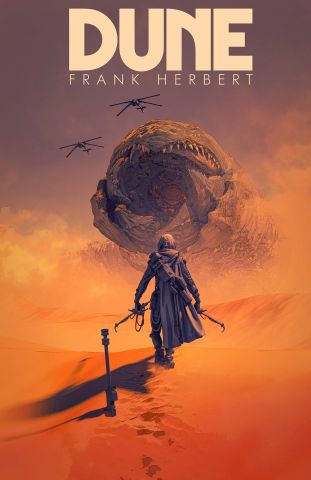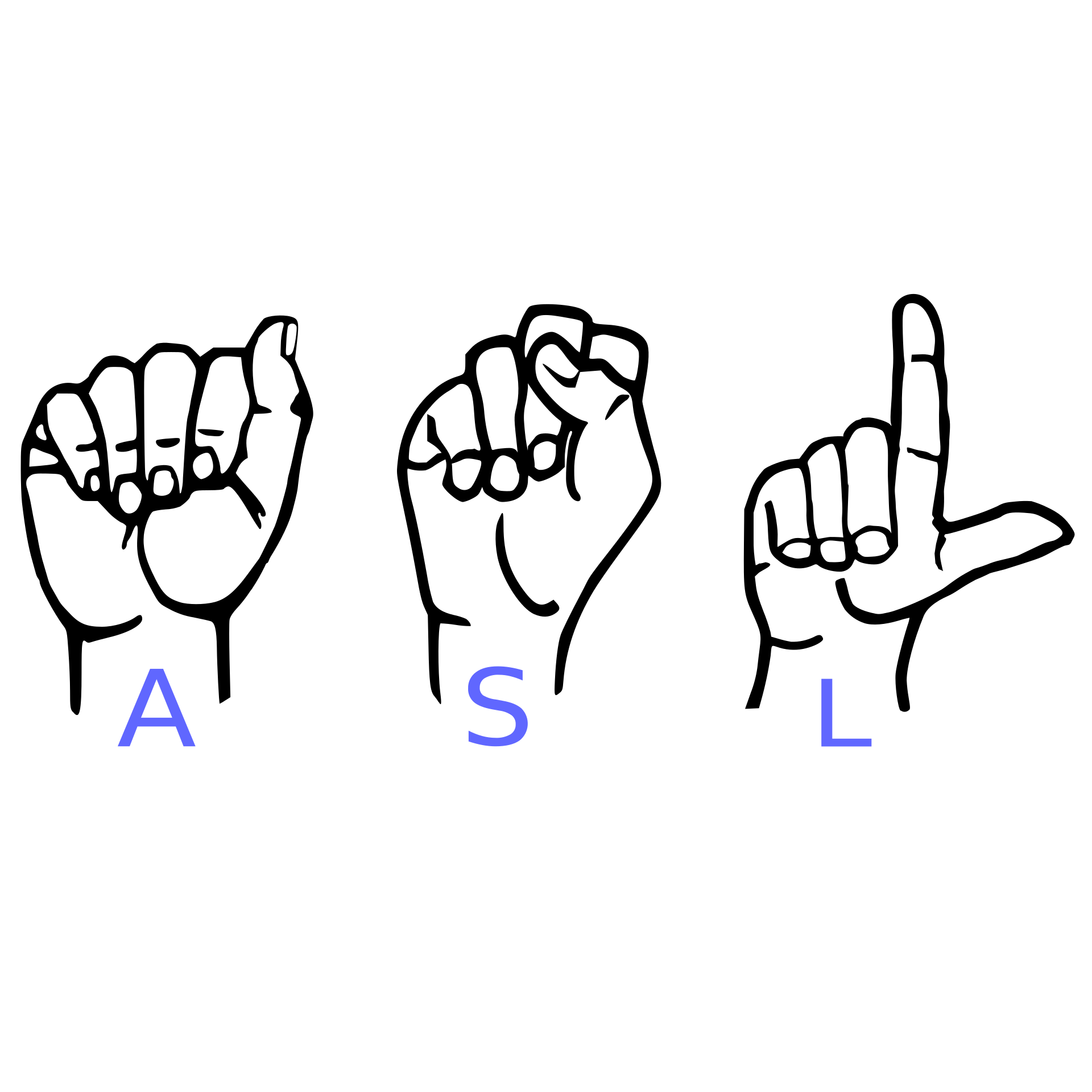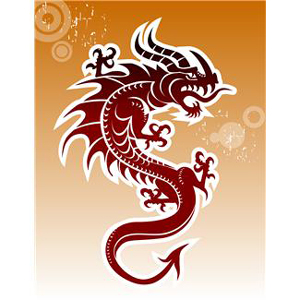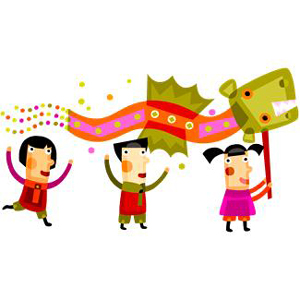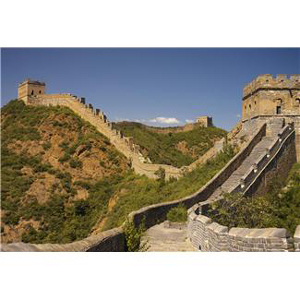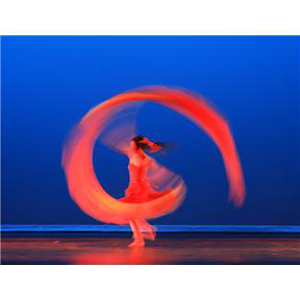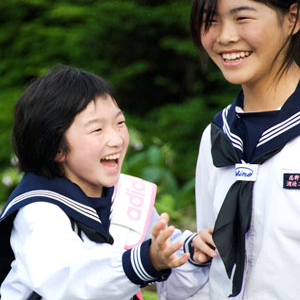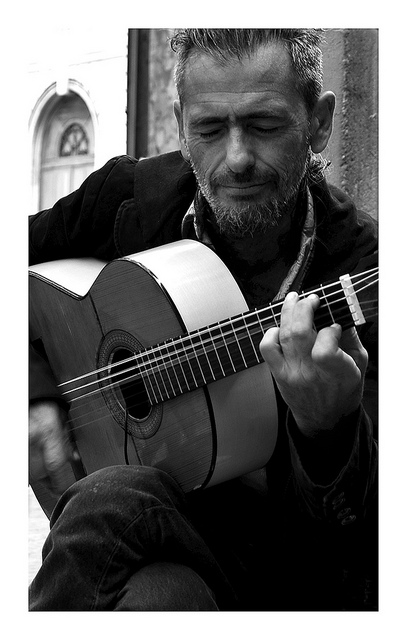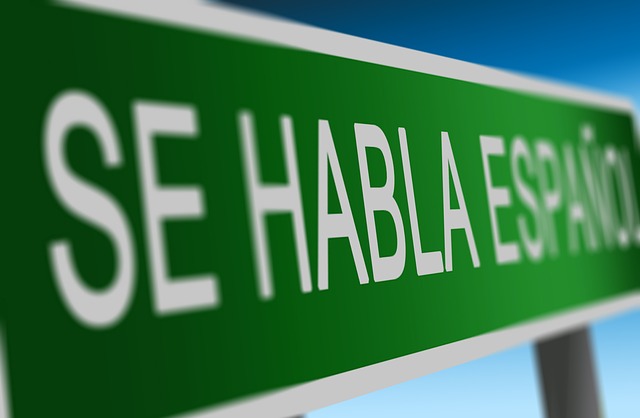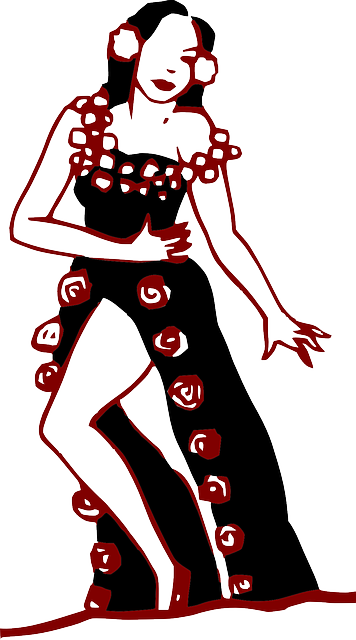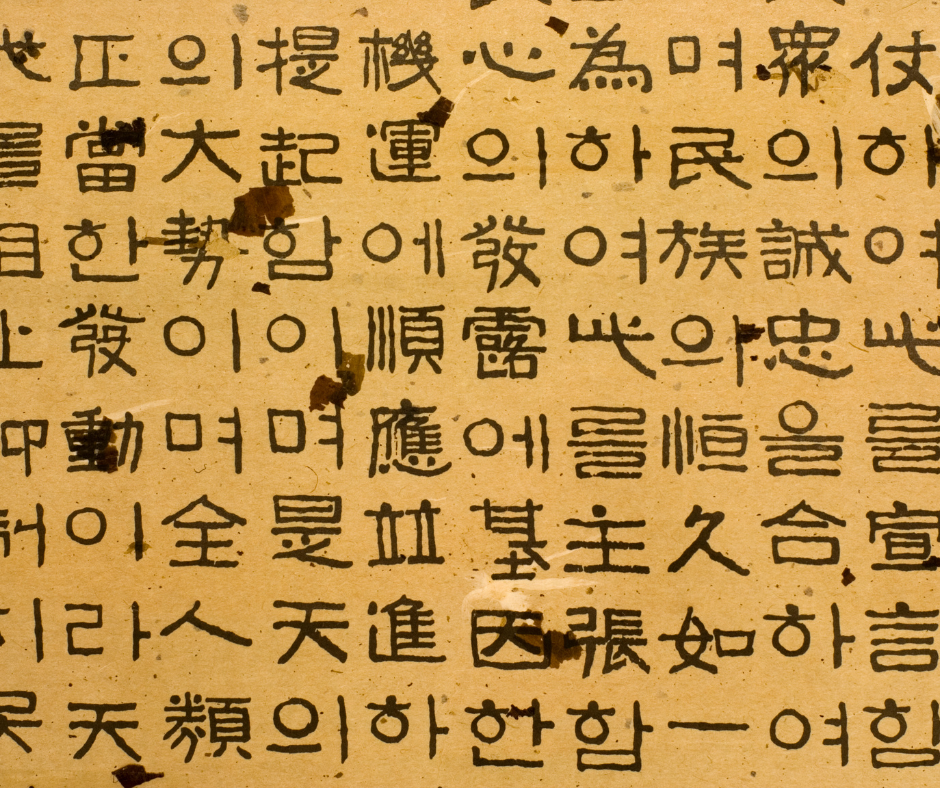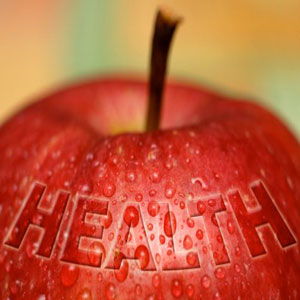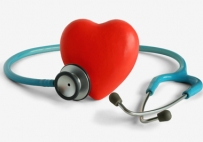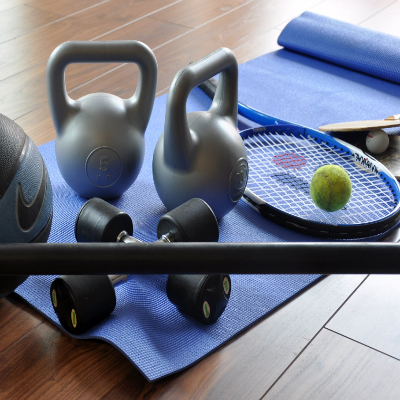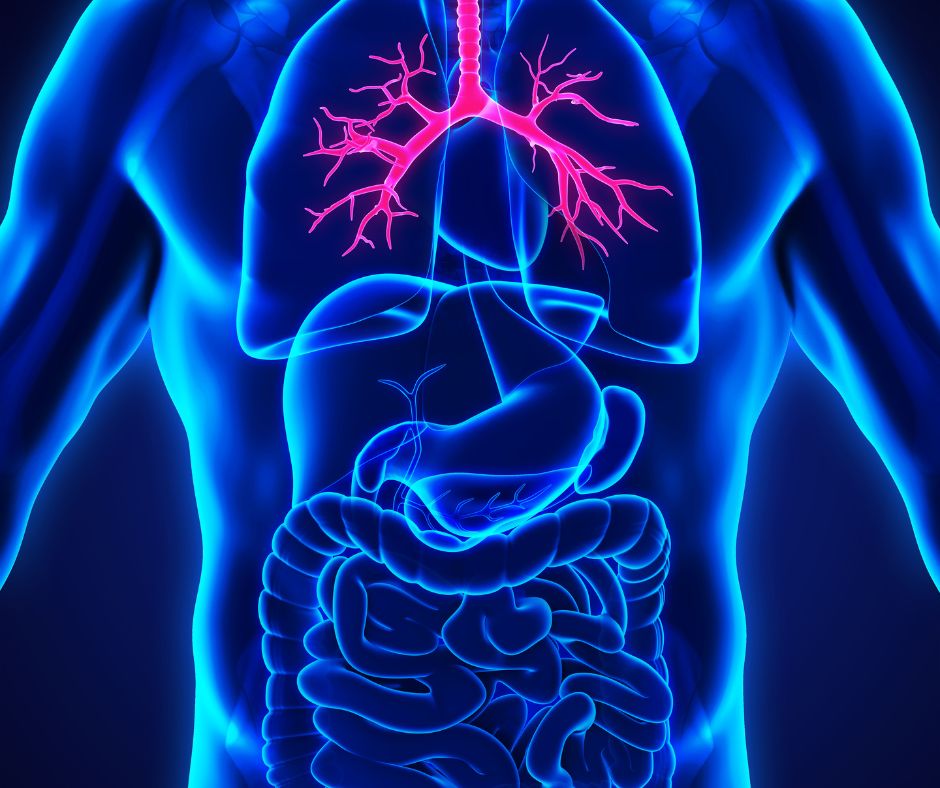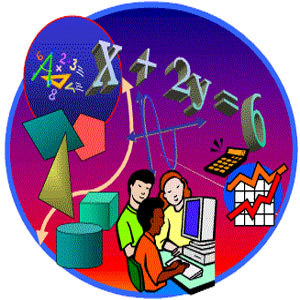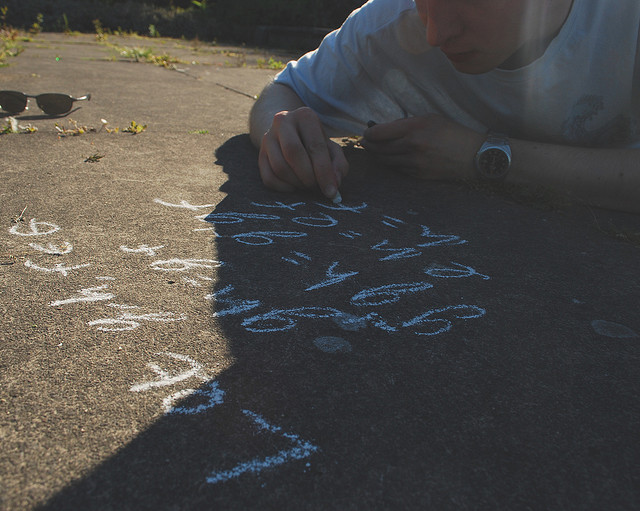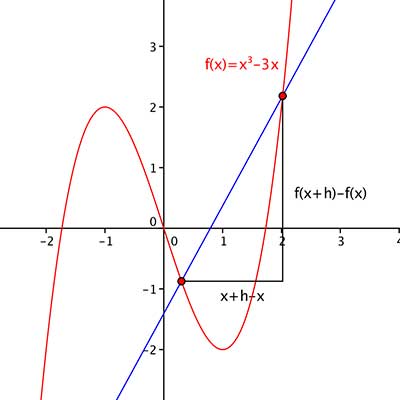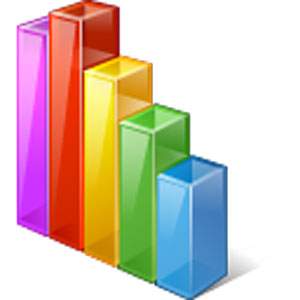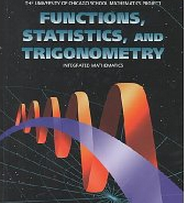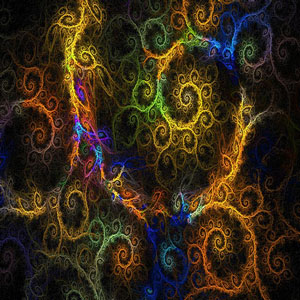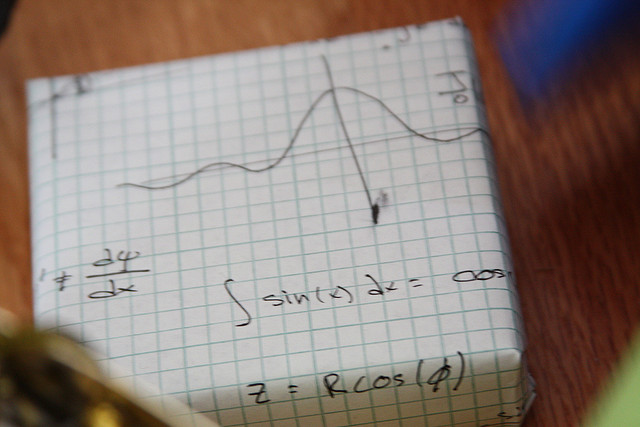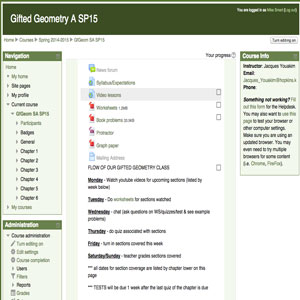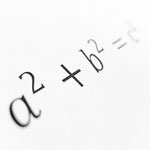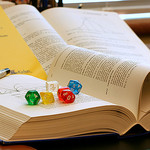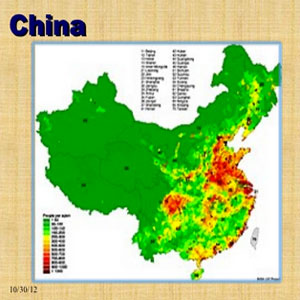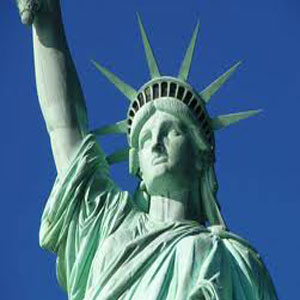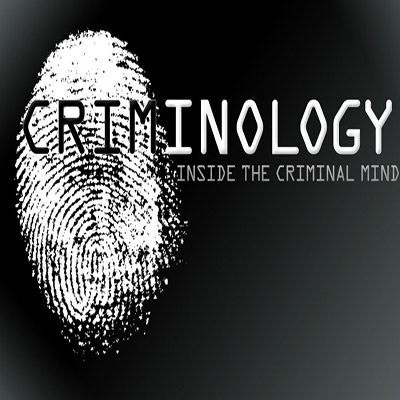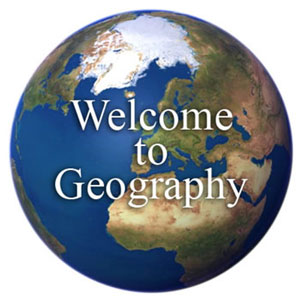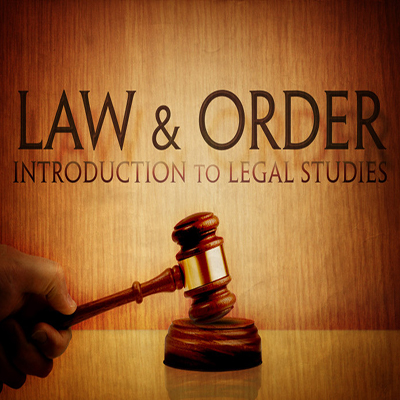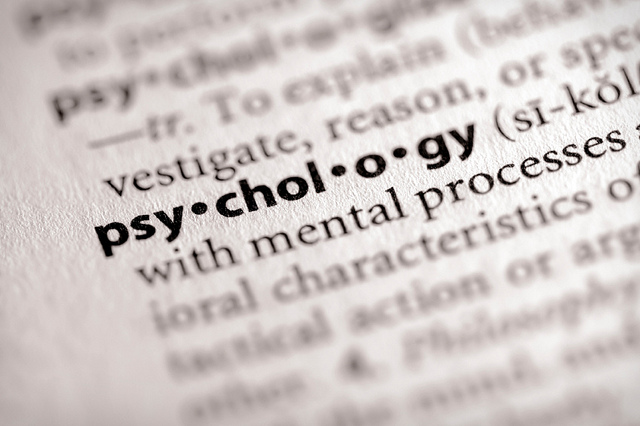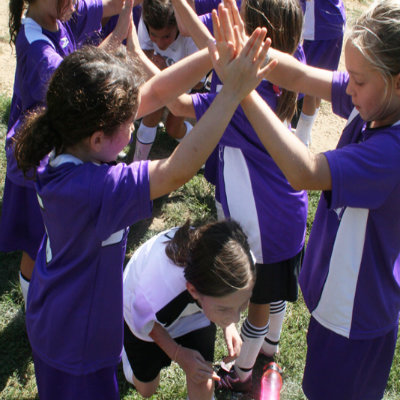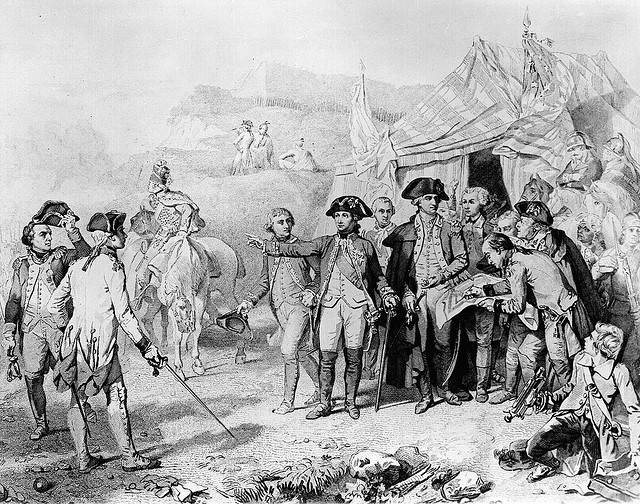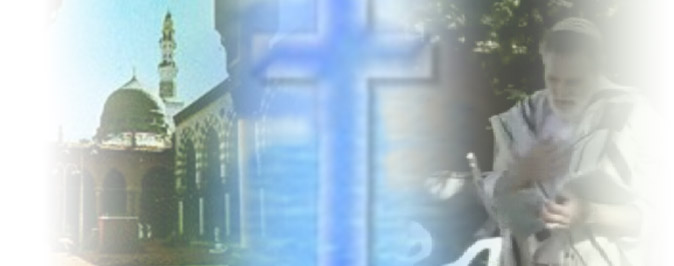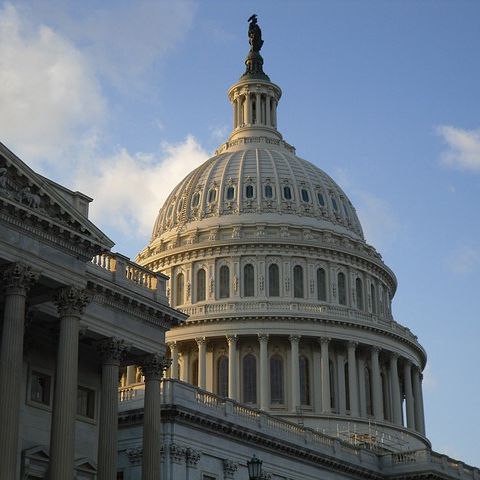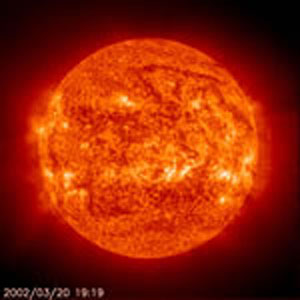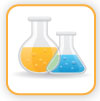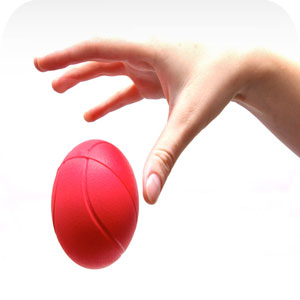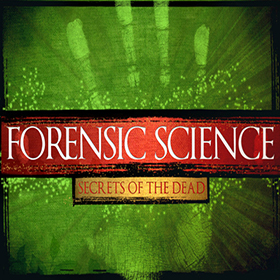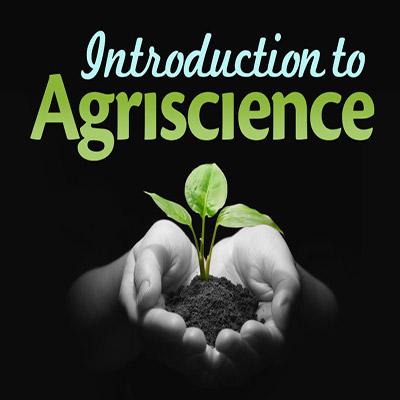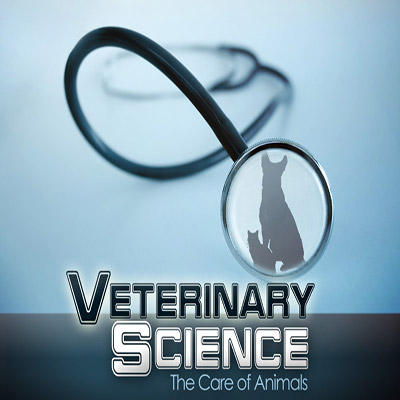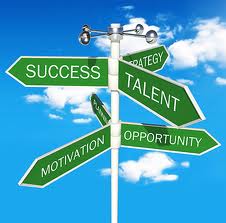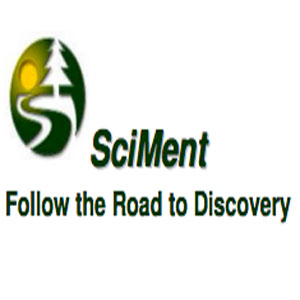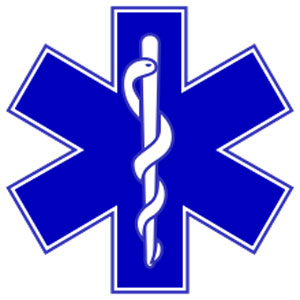Do you have questions about one of our courses? Contact us!
This course will give students an understanding of the basic accounting procedures used to operate a business. The accounting procedures presented will also serve as a sound background for employment in office jobs and preparation for studying business courses in college.
In today’s world, photographs are all around us, including in advertisements, on websites, and hung on our walls as art. Many of the images that we see have been created by professional photographers. In the digital photography courses, students will learn creative photographic skills and processes. Students will build a portfolio of work and explore the fields of photography and graphic arts.
Digital Photography A teaches creative photographic skills and processes. Students will build a portfolio of work and explore the fields of photography and graphic arts.
Digital Photography B will examine various aspects of professional photography, including the ethics of the profession, and examine some of the areas that professional photographers may choose to specialize in, such as wedding photography and product photography. We will also learn more about some of the most respected professional photographers in history and we will learn how to critique photographs in order to better understand what creates an eye catching photograph.
EmpowerU - An elective course to build student resilience, persistence and success.
EmpowerU is a data-driven SEL curriculum to students in an effective and meaningful way. Now more than ever, students need support and skills to engage, learn and focus. We help them do that in a credit-bearing course.
EmpowerU equips students with the skills to build persistence, resilience and success by pairing interactive daily lessons with 1:1 support from dedicated online instructors. These instructors serve as life coaches and personalize the course content to apply to each student’s goals and barriers.
It has been proven that effective SEL programs increase student’s academic performance, classroom behavior, stress management, and attitudes.
Course Description:
High School (9-12)
EmpowerU high school Tier 2 program functions as a high school MTSS SEL semester intervention for students who need additional support.
Students complete daily online skill-building lessons using the online portal. These lessons help them master critical SEL concepts and coaching skills.
Each day, students receive personalized coaching by their 1:1 EmpowerU instructor through the online portal (text/email).
Program includes curriculum (six units, 44 lessons) , student portal access and six hours of 1:1 coaching. Final pre and post data is reported for each participating student, as well as overall school data.
Middle School (6-8)
This course functions as a middle school MTSS SEL semester intervention and is designed to be used for students who need additional mental health support.
Students use guided study or target time to complete six units of daily middle school SEL skill-building lessons using the online portal. These lessons help them master critical SEL concepts and coping skills.
Each day students also exchange asynchronous text and email messages through the online portal for personalized coaching with their EmpowerU instructor
Program includes curriculum (6 units, 34 lessons), student portal access, six hours of 1:1 coaching. Pre and post data is reported for each participating student, as well as overall school data.
Do you dream of owning your own business? This course can give you a head start in learning about what you’ll need to own and operate a successful business. Students will explore creating a business plan, financing a business, and pricing products and services.
This is an extremely desirable elective for students going to college who might be cosidering business, social sciences, or technical fields. The course’s primary emphasis is with general computer problem-solving techniques. This course introduces HTML (the language behind the creation of web pages), networking concepts, and the programming language C++. Current technologies are explored using freeware and shareware programs.
Completion of an Algebra 1 or equivalent course is required.
Have a Facebook account? What about Twitter? Whether you’ve already dipped your toes in the waters of social media or are still standing on the shore wondering what to make of it all, learning how to interact on various social media platforms is crucial in order to survive and thrive in this age of digital communication. In this course, you’ll learn the ins and outs of social media platforms such as Facebook, Twitter, Pinterest, Google+, and more. You’ll also discover other types of social media you may not have been aware of and how to use them for your benefit—personally, academically, and eventually professionally as well. If you thought social media platforms were just a place to keep track of friends and share personal photos, this course will show you how to use these resources in much more powerful ways.
Introduction to Business is designed to show what businesses are, how they are operated and how they are managed. You will explore business opportunities and learn how to make informed economic decisions in our global economy.
This course will educate students about sound money management planning and decisions. Students will develop positive behaviors that are necessary to attain a secure future.
Do you enjoy sports? Do you enjoy traveling? Do you enjoy finding out the latest trends from Hollywood? Then this is the class for you. This course will introduce you to the basic principles of economics, marketing, and merchandising through two growing and unique areas; Sports & Entertainment. Learn how markets use sports agents, sponsorships, and public relation tools to capture the American audience.
Interior design is the art and science of designing functional and visually appealing interior spaces. It involves arranging and coordinating furnishings, materials, and colors to create a harmonious environment that meets the needs and preferences of the occupants. It aims to create spaces that are both beautiful and functional, considering elements such as space planning, lighting, furniture design, color theory, and materials selection.
This Interior Design course is designed to provide students with a strong foundation in the principles and practices of interior design, preparing them for a career in this exciting and creative field.
The Intermediate Chess course reviews and builds upon the foundations that were laid in the Introduction to Chess course (a prerequisite). The course teaches new strategies, how to better begin your chess games, new and more difficult checkmating patterns, how to better finish off your opponent, how to use chess engines to become a stronger player, provides opportunities to analyze chess situations, and also reviews many of the standard chess openings known throughout the chess world. The course ends with a final project that allows the student to participate in a chess tournament or do their own independent research on a specific chess opening.
American Literature is a semester long course in which students will explore the creation of a uniquely American voice in literature by studying themes, forms, and writing styles across literary periods. They will read speeches, essays, short stories and poems online from the Colonial Period, the Romantics, the Realists, the Moderns, and contemporary American Writers. Central themes that travel across all of these literary periods are the American dream, nature, religion, war and death. The course also includes several online videos, discussion forums, multimedia projects, and short writing assignments. Students will consider these essential questions: What makes a literary voice uniquely American? How have generations of American writers influenced each other?
This course is intended for students who have an undeniable interest in learning to write poetry, description, and narration for an audience of both peers and the public. It includes a rigorous study of the qualities of good writing, including figurative language, content, focus, organization, and style as well as the reading and interpretation of various types of poetry, fiction and non-fiction that are considered models of good writing. The students will also read pieces that will be modeled in writing creatively.
This course focuses on the ideas of identity and influence. Learners are asked to explore those aspects as they relate to course topics and skills. Students will be reading texts using Close Reading strategies; writing persuasive essays, personal narratives, interpretations, reflections; and making inferences about influence and social impact of media techniques.
English 2A/2B is designed to cover some of the basic elements of a traditional sophomore English class. Students will be reading, writing and analyzing texts (Shakespearean sonnets, a choice novel) throughout the course. Additionally, students will hone some basic grammar and punctuation skills, become versed in the art of persuasive speaking and writing and explore heroic archetypes and story patterns.
Students will learn about early American Literature, beginning with the pre-Colonial writings, Native American myth, and Colonial writings through the significant literary periods including the Age of Reason, the Romantic, Transcendentalist, and Realist movements and into the Modernist/Post-Modernist movement and Contemporary Literature. Students will be able to interact with the literature through various writings and critical thinking while developing an electronic portfolio.
It meets the general requirements for 11th grade English.
Semester A:
This course is meant to connect the earliest forms of human writing to the kinds of stories we tell and where we might be heading.
Students will work on reading early human literature; exposure to Greek Mythology and British Romanticism. They will also work on the processes of preparing, evaluating, and delivering multiple forms of written communication.
It meets the general requirements for 12th grade English.
Semester B:
How will we interact with the world around us which is changing faster than many people can keep up? This course will use a mixture of old stories (Norse Myth and Othello) as well as the most recent events of the day to determine a balance between technology and humanity.
Students will work on the processes of preparing, evaluating, and delivering multiple forms of written communication using the the most current technologies available. Students will work both individually and in groups for class assignments.
In Film Studies, the student will learn how to appreciate movies in depth and on a variety of levels. To accomplish this, students will develop criteria for aesthetic awareness. They will increase their vocabulary and their understanding of the language of films. These goals will be accomplished by studying: film terminology, art direction, sound and music, animation, genres, and directors.
This course examines the history, principles, and practices of varied genres of journalism with emphasis on writing news, features, interviews, and editing.
Course Goals and Objectives:
- Understand and appreciate the fundamentals and varied aspects of journalism.
- Analyze and practice the philosophy of ethical high school journalism and legalities within high school journalism.
- Understand and compare/contrast the importance of the business aspects of a news publication and other media sources.
- Investigate and produce various types of news writing and present the finished product in a concise and professional manner.
- Review good interviewing techniques and the proper ways to publish interviews.
- Develop creativity in the design process and layout using various forms of media.
- Appreciate the importance of photojournalism and develop skills of editing and story telling.
- Develop the fundamental vocabulary of journalism.
- Develop skills of researching and writing of varied journalistic pieces.
Young people today are swamped with images—thousands of advertisements each day, music videos, games, websites and more. Media Literacy encourages students to examine these images with many of the same literacy skills they use when reading a word-based text. Students will have the opportunity to explore media relevant to their daily lives–music videos, blogs and web sites, digital photography, for example–in critical ways.
Course Description:
Speech Communications is an elective course that will provide students with the basic skills needed in a variety public and daily interaction within society. We will study historical and famous speeches, types of speeches, and speech skills. Students will learn the essentials parts of speech. Students are expected to deliver speeches to the instructor via various modes every week. Students may use: Screencast-o-matic, Skype, Face Time, Google vtalk, Yahoo Messenger, or recording yourselves with a video camera or phone.
Course Goals and Objectives:
Students will be able to understand and apply the following:
- Develop the basic fundamentals of speech and non-verbal communication
- View a variety of speeches and analyze them
- Understand and develop fundamental speech skills
- Create a sense of confidence in the delivery of both themselves and the topic in which they are presenting
- Evaluate the speaker and delivery, not just the message of the speech, including gestures
- Proper technique in writing and delivering a speech.
Students in this course will explore the literature of world cultures through short stories, epic poetry and novel forms. The course will explore universal themes and work to foster an understanding of the commonalities shared by all people as well as differences created by cultures. Students will hone critical thinking skills through analytical assignments as well as compare and contrast writing. In addition, they will make and support assertions about different texts and extend their thinking to related ideas.
Students will complete coursework in an online community and will have scheduled online meetings with the instructor as needed.
Students work with their teacher through a process of brainstorming ideas, planning with an audience and purpose in mind, drafting, revising, and final editing on essay topics of the student’s choice. In addition to the general feedback they receive about each step of the process, students also identify their own particular concerns about their writing. The teachers use the students’ questions about writing to individualize the writing process and help students discover ways to make their writing more clear and effective.
This course is based on Frank Herbert's novel Dune, the best-selling Science Fiction novel of all time. In addition to reading and analyzing the book, students will consider how the themes and metaphors presented are reflected in modern society and their own lives. The novel is considered to be at a 9th grade reading level though may be somewhat advanced for younger readers. (The novel takes approximately 15-20 hours to read, depending on your reading habits and speed. The audio version is about 21 hours.)
In Chinese 1, students will learn the basics of the Chinese language. Content is centered on communicative competence. By the end of this course, you will have a solid foundation in the basics of the Chinese language, and be ready to expand your study into more complicated Chinese content.
This course is structured for the student to continue the study and mastery of the basic skills of speaking, listening, writing, and reading beginning Chinese. As in Chinese 1, the course focuses on modern Mandarin Chinese, but some commonly used formal expressions used only in written Chinese are also included. Students will become acquainted with contemporary Chinese life and the contributions of Chinese culture.
This course is structured for the student to continue the study and mastery of the basic skills of Chinese Language and Culture. Students will become more acquainted with contemporary Chinese life and the contributions of Chinese culture. The student will participate in such speaking activities as dramatizations, discussions, and narrations, will read contemporary short stories and newspaper articles, and will apply structural concepts and new vocabulary to the writing of descriptive passages. This course is aligned with the first year of college-level Chinese.
Students in this course will develop reading, writing, speaking, and listening comprehension skills at the advanced level. Students will read short stories and articles from magazines and newspapers and will write summaries, reviews, and letters. Students will develop advanced conversational skills in small-group settings, and comprehension of Chinese through films, TV, and radio programs.
A textbook Deposit of $75 will be collected at the start of the class and refunded when all books are returned.
Students in this course will develop reading, writing, speaking, and listening comprehension skills at the advanced level. Students will read short stories and articles from magazines and newspapers and will write summaries, reviews, and letters. Students will develop advanced conversational skills in small-group settings, and comprehension of Chinese through films, TV, and radio programs.
A textbook Deposit of $75 will be collected at the start of the class and refunded when all books are returned.
This course teaches basic vocabulary and grammar typically taught in a secondary level French 1 class, and encourages students to build basic conversational and literacy skills in French through speaking, listening, reading and writing activities. The content and instruction in this French 1 course adheres to the standards of the American Council on the Teaching of Foreign Languages (ACTFL). By completing the lessons, students learn to expand their vocabulary and to express themselves in French. Grammar is introduced and practiced within practical contexts. In addition, cultural information is woven throughout this course in order to expose students to the people, geographical locations, food, music and other cultural aspects of the French-speaking world.
In French 1, students will learn how to greet people, say their names, talk about school supplies, their families, and tell time; they will be able to talk about activities they do, describe their homes and where they live, and be able to use basic food vocabulary when out to eat. Grammar/verb usage is focused on saying things in the present tense.
This course teaches basic French vocabulary and grammar that are typically taught in a French 2 course at the secondary level. Students are encouraged to build basic conversational and literacy skills in French through speaking, listening, reading, and writing activities. The content and instruction of this French 2 course adheres to the standards of the American Council on the Teaching of Foreign Languages (ACTFL). By completing the lessons, students will learn to expand their vocabulary and to express themselves in French. Grammar is introduced and practiced within practical contexts. In addition, cultural information is woven throughout this course in order to expose you to the people, geographical locations, food, music, and other cultural aspects of the French-speaking world. All materials are accessed online within the course and all assignments are submitted there.
Students will learn to form questions, describe their family members and themselves, clothing vocabulary and shopping in France. Grammar is expanded to include more verbs in the present tense as well as the beginning of past tense (passé composé) usage. Students will also learn some cultural information about countries in Africa with ties to France, as well as a unit on cultural sites in Paris.
This course will continue to add to the vocabulary you know, including units on travel, occupations and your home. Grammar topics include three new tenses: the imperfect, the future and the conditional. Cultural studies will include parts of France as well as Canada, the French educational system, and the European Union. The activities continue to be varied, but will get more challenging as you progress through the course.
This course is an introduction to the German language and will give students some basic vocabulary and structures to work with as they begin their learning of another language and culture.
This course is an introduction to the German language and will give students some basic vocabulary and structures to work with as they begin their learning of another language and culture.
In Japanese 1, students will learn the basics of the Japanese language. Content is centered on learning how to learn to read and write Japanese. Specifically, Students will learn how to read and write the first Japanese alphabet (hiragana). Students will learn the fundamentals of Japanese grammar and sentence construction. By the end of this course, you will have a solid foundation in the basics of the Japanese language, and be ready to expand your study into more complicated Japanese content.
This course teaches basic vocabulary and grammar that are typically taught in a secondary level Spanish 1 class, and encourages students to build basic conversational and literacy skills in Spanish through speaking, listening, reading and writing activities.
The content and instruction in this Spanish 1 course adheres to the standards of the American Council on the Teaching of Foreign Languages (ACTFL). By completing the lessons, students learn to expand their vocabulary and to express themselves in Spanish. Grammar is introduced and practiced within practical contexts. In addition, cultural information is woven throughout this course in order to expose students to the people, geographical locations, food, music and other cultural aspects of the Spanish-speaking world.
The Spanish 1 course has a total of 24 lessons. It can be taken as a year long course or partitioned as needed into quarters (.25 credit), trimesters (.33 credit) or semesters (.5 credit).
This course teaches basic Spanish vocabulary and grammar that are typically taught in a Spanish 2 course at the secondary level. Students are encouraged to build basic conversational and literacy skills in Spanish through speaking, listening, reading, and writing activities.
The content and instruction of this Spanish 2 course adheres to the standards of the American Council on the Teaching of Foreign Languages (ACTFL). By completing the lessons, you will learn to expand your vocabulary and to express yourself in Spanish. Grammar is introduced and practiced within practical contexts. In addition, cultural information is woven throughout this course in order to expose you to the people, geographical locations, food, music, and other cultural aspects of the Spanish-speaking world.
Spanish 3 is designed to reinforce the student’s ability to understand native spoken and written Spanish in order to increase communication skills and proficiency. Students will continue to develop their ability to understand spoken and written Spanish and to increase their skill at expressing themselves in Spanish through speaking, listening, reading, and writing activities.
The content and instruction of this course adheres to the standards of the American Council on the Teaching of Foreign Languages (ACTFL). By completing the lessons, students will learn to expand their vocabulary and to express themselves in Spanish. Grammar is introduced and practiced within practical contexts. In addition, cultural information is woven throughout this course in order to expose students to the people, geographical locations, food, music, and other cultural aspects of the Spanish-speaking world.
This fourth year of Spanish is a continuation of the first three years. The student will continue to sharpen listening, reading and writing skills through activities that are based on pedagogically proven methods of foreign language instruction. Throughout the five units of material, students learn to express themselves using an ever increasing vocabulary, present-tense verbs, past-tense verbs, articles, and adjectives. Grammar is introduced and practiced in innovative and interesting ways with a variety of learning styles in mind.
Culture is sprinkled throughout the course in an attempt to help the learner focus on the Spanish speaking world and their culture, people, geographical locations and histories.
The course is aligned to the national Foreign Language standards.
This course is a continuation of American Sign Language (ASL) 1 and 2 and will build on students' knowledge of ASL as a World Language. In this course students will develop receptive and expressive abilities that allow them to recognize and demonstrate more sophisticated cultural and grammatical features of ASL. Students will increase fluency and accuracy in fingerspelling and numbers and continue to explore the Deaf World and American Deaf culture and history. Additionally, students will cover topics such as, but not limited to: Sign Languages around the world; Immigration and family history; Recipes; Describing shapes and environments; Locating things around the house; Weekend activities; Illnesses; ASL Poetry; and handshape stories, storytelling, slang, idioms, and jokes.
In Korean 1, you will learn how to read and write Hangeul, the Korean Alphabet, basic greetings, vocabulary and sentence structures. Also you will develop basic conversational skills in Korean through speaking, listening, reading, and writing activities. In order to help you to understand the language better, Korean historical and cultural information is included throughout this course. By completing the course, you will have the fundamentals of the Korean language and be ready to expand into more complicated content.
This course is a continuation of American Sign Language 1 (ASL 1). It is designed for students who wish to enhance proficiency in ASL usage and stresses continued development of basic conversational skills through thematic units with emphasis on vocabulary and expressive skills. You will develop receptive and expressive abilities that allow for you to recognize and demonstrate more sophisticated grammatical features of ASL. You will also increase your fluency and accuracy in fingerspelling and numbers. You will develop communication skills as you dive into the Deaf World and American Deaf culture and history.
Health Prep is intended for students who need two semester credits of Health to graduate from high school. It can be taken in middle school or early high school in preparation for Health Science. Students who need only one credit of Health should register for Health Science instead of this course.
Health Prep is designed to enable students to obtain the knowledge and skills necessary to make informed decisions for a lifetime. Students explore a broad range of topics that relate to one of the following priority health areas as determined by the Centers for Disease Control and Prevention:
• Nutrition, dietary practices and physical fitness
• Prevention and reduction of tobacco use
• Prevention of drug and alcohol use
• Intentional and unintentional injuries
• HIV/AIDS/sexually transmitted infections
• Unintentional pregnancies
The course is presented in nine parts. In each, students will:
• Be introduced to a health topic (accessing information about various health topics)
• Complete assignments
• Reflection or Quiz (summarizing and reviewing content)
Part 1: Personal Health
Part 2: Nutrition
Part 3: Asthma Awareness
Part 4: Substance Abuse/Illegal Drugs
Part 5: Tobacco & Alcohol
Part 6: Consumer Health (& Description of Final Project)
Part 7: Health & Safety
Part 8: Abstinence & Contraceptives (& Final Project Due)
Part 9: HIV/AIDS Awareness
Health Science is intended either for students who need one semester credit of Health to meet graduation requirements, or as the second course for students who need two semester credits.
Lifestyle is a major health hazard in our society today. We can make choices that are healthy and positive, or we can make choices that endanger our health. Our main job is to take personal responsibility for our health. We can do this through acquiring knowledge necessary for good health and by taking positive steps to developing our healthy habits for life. Good health is something we can choose to strive for. It is not a one- time decision, but a series of decisions continuing throughout out lives. A major goal of this course is to help you, as students, realize that your daily choices have something to do with the way you feel. Whether it be exercise, thoughts, food, chemicals, or relationships, you have a responsibility to yourself and your body!
Will we ever find a cure for cancer? What treatments are best for conditions like diabetes and asthma? How are illnesses like meningitis, tuberculosis, and the measles identified and diagnosed? Medical Exploration provides the answers to questions such as these. In this course, students will be introduced to the various disciplines within the health sciences, including toxicology, clinical medicine, and biotechnology. They will explore the importance of diagnostics and research in the identification and treatment of diseases. The course presents information and terminology for the health sciences and examines the contributions of different health science areas.
During this course students will enhance their personal fitness through Individual & Team Sports and Aerobic Activities. Students discover their preferred way to exercise and learn what it takes to maintain a healthy lifestyle.
Students will:
• Enhance their personal fitness through Individual & Team Sports and Aerobic Activities.
• Increase physical competence, self-esteem and the motivation to pursue lifelong physical activity.
• Exhibit a physically active lifestyle through participation in a variety of lifetime sports and activities throughout the course.
• Discover their preferred way to exercise
Each week students will complete:
• Physical Fitness Tests and/or Worksheets (accessing information about various fitness topics)
• Activity Log (recording weekly activity with adult confirmation)
• Reflection (summarizing the week and reviewing content)
In addition to this, an Activity Research Project will be created. The topic will be a sport or aerobic activity that the students choose. The outline is clearly defined. The project may be in the form of a Power Point, Podcast, Research Paper, Video (movie or commercial), Magazine Article or a different format that the student proposes.
Phy Ed 2: Health-Related Fitness (formerly titled Phy Ed B)
This course is created to help you discover health-related fitness as it pertains to YOU!
[Note: Phy Ed 1: Skill-Related Fitness is not a pre-requisite for this course.]
Outcomes:
Students will…
• Assess their own personal fitness
• Write weekly fitness goals, plans, execute and evaluate them
• Increase physical competence, self-esteem and the motivation to pursue lifelong physical activity
• Exhibit a physically active lifestyle through participation in a variety of lifetime sports and activities throughout the course.
• Discover their preferred way to exercise
Concepts:
Five components of fitness, FITT Principle,Target Heartrate Zone, Perceived level of exertion, MVPA (Moderate to Vigorous Physical Activity)
Assignments include:
• Worksheets (accessing information about various fitness topics)
• Activity Log (recording weekly activity with adult confirmation)
• Reflection (summarizing the week and reviewing content)
• Current News (reviewing fitness articles )
• Final Project: Personal Fitness Profile
This course is created to help you create and implement your own Fitness Plan.
Note: Phy Ed 1 and 2 ARE NOT pre-requisites for this course. Phy Ed courses can be taken in any order.
Students Will:
• Assess their own personal fitness
• Pre- and Post-test a specific component of fitness
• Write weekly fitness goals, plans, execute and evaluate them
• Discover their preferred way to exercise
• Increase physical competence, self-esteem and the motivation to pursue lifelong physical activity
• Exhibit a physically active lifestyle through participation in a choice of activity.
Concepts:
• Components of Health-Related & Skill-Relted Fitness
• FITT Principle
• Target Heartrate Zone
• Perceived level of exertion
• MVPA (Moderate to Vigorous Physical Activity)
• SMART Goals.
Assignments include:
• Worksheets (accessing information about various fitness topics)
• Activity Log (recording weekly activity with adult confirmation)
• Writing Goals and Workouts (using the FITT Principle)
• Reflection (summarizing the week and reviewing content)
• Current News (reviewing fitness articles )
• Final Project: Personal Fitness Plan Implementation
What do you think of when you hear the phrase “sports medicine professional”? Believe it or not, the term encompasses a much larger range of career options than jobs typically associated with this field. Explore some of the most popular career pathways, day-to-day responsibilities, emergency care for athletes, and legal obligations. Discover what nutrition, healthy lifestyle, and fitness truly mean, and dive into anatomy, human biomechanics, and exercise modalities. Learn how to get started in this exciting field.
Whether you plan on pursuing a career in health sciences or simply looking to gain an understanding of how the human body works, you’ll first need to understand the relationship between anatomy and physiology. Learn how to read your body’s story through understanding cell structure and their processes, and discover the functions and purposes of the skeletal, muscular, nervous, and cardiovascular systems, as well as diseases that affect those systems.
Algebra I is a comprehensive course that provides an in-depth exploration of key algebraic concepts. Through a “Discovery-Confirmation-Practice”-based exploration of these concepts, students are challenged to work toward a mastery of computational skills, to deepen their understanding of key ideas and solution strategies, and to extend their knowledge in a variety of problem-solving applications.
Course topics include an Introductory Algebra review; measurement; an introduction to functions; problem solving with functions; graphing; linear equations and systems of linear equations; polynomials and factoring; and data analysis and probability.
Within each Algebra I lesson, students are supplied with a post-study Checkup activity that provides them the opportunity to hone their computational skills in a low-stakes, 10-question problem set before moving on to a formal assessment. Additionally, many Algebra I lessons include interactive-tool-based exercises and math explorations to further connect lesson concepts to a variety of real-world contexts.
To assist students for whom language presents a barrier to learning, this course includes audio resources in both Spanish and English.
The course is built to the National Council of Teachers of Mathematics (NCTM) standards and is aligned with state standards.
The algebra-linear math course is the first semester of our Algebra course. This algebra content is typically covered in a traditional 8th grade algebra course. Students can take this semester of content over the course of a year.
Functions, Statistics, and Trigonometry is a curriculum developed by the University of Chicago School Mathematics Project. This course is primarily designed to target those students whose “home” school system offers this course. Students who are looking for a course that bridges Algebra 2/Advanced Algebra with Calculus should take Pre-Calculus.
Functions are correspondences or mappings that relate variables. Functions could be considered the most important topic in secondary school mathematics. Statistics and trigonometry are natural applications of functions that help students extend their mathematical skills and maturity as well as prepare them for future study in mathematics. The purpose of this course is to study many types of functions in great detail with a strong emphasis on statistics and trigonometry.
The course enables the student to display, describe, transform and interpret numerical information representations as data, graphs or equations. Using graphing software, the students will visualize functions, explore relations between equations and their graphs, simulate experiments, generate and analyze data and develop limit concepts.
NOTE: This is a textbook-based course with minimal digital activities. It was designed specifically for schools that require FST in their math sequence. You may want to consider Precalculus as the next course after Algebra 2 to prepare for Calculus. Please consult your counselor or NSO to determine the math sequence required for your school.
This course includes a wide variety of activities that provide students with opportunities to discover real-world applications of geometry. The academic Math Standard V: Spatial Sense, Geometry and Measurement is embedded in the course.
The Gifted Algebra course is designed to provide challenging mathematics for 6th and 7th grade students who need greater depth and breadth in their approach to learning mathematics. This course integrates two curricula: Connected Mathematics Project and Discovering Algebra. These curricula provide engaging, discovery-based investigations and are highly consistent with state and national standards-based efforts to improve school mathematics. Students work with data-rich, real-world situations in a curriculum that places algebra in an applications-based context and where investigations precede the introduction of formulas and expressions.
A student may need to take a qualifying test prior to enrolling into this class. To learn more about the Gifted math courses please click and go to our Gifted Math page.
The Gifted Geometry class is designed to provide challenging mathematics for 7th and 8th grade students who need greater depth and breadth in their approach to learning mathematics. This course uses the Discovering Geometry: An Investigative Approach curriculum. It is for students who are looking for a challenging, fast-paced environment to explore mathematics.
Students explore geometric relationships with a wide variety of tools, including compasses, computers, and graphing calculators. Instead of just memorizing rules and definitions, students perform constructions, measure figures, observe patterns, discuss their findings, write their own definitions, and formulate their own geometric conjectures.
The Gifted Math 7 course is designed to challenge gifted learners, giving them an opportunity to examine the core ideas of mathematics with greater depth. The seventh grade curriculum that is used is an Apex curriculum called Math 7-Math Foundations II. This course encourages students to become better thinkers, doers, and communicators. Upon successful completion of this course, learners will have made strong connections between mathematics and the world around them.
The content covered in this course includes:
Semester A
Integers and Operations, Fractions and Operations, Decimals and Operations, Percents, ratios, proportions and Rates, The Language of algebra, Solving equations with addition and subtraction, Solving equations with multiplication and division, Exponents
Semester B
Solving equations with roots and powers, Multistep equations, Linear equations, Systems of linear equations, Distance and angles, Area, Surface area and volume, Data analysis and probability
Precalculus is a course that combines reviews of algebra, geometry, and functions into a preparatory course for calculus. The course focuses on the mastery of critical skills and exposure to new skills necessary for success in subsequent math courses. The first semester includes linear, quadratic, exponential, logarithmic, radical, polynomial, and rational functions; systems of equations; and conic sections. The second semester covers trigonometric ratios and functions; inverse trigonometric functions; applications of trigonometry, including vectors and laws of cosine and sine; polar functions and notation; and arithmetic of complex numbers. Within each Precalculus lesson, students are supplied with a post-study “Checkup” activity, providing them the opportunity to hone their computational skills by working through a low-stakes problem set before moving on to a formal assessment. Unit-level Precalculus assessments include a computer-scored test and a scaffolded, teacher-scored test. The content is based on the National Council of Teachers of Mathematics (NCTM) standards and is aligned to state standards.
The older we get, the more it seems like we are bombarded with data and information. In this class we will try to teach you to better interpret this information. If you are willing to work hard, use your time wisely, seek help when needed, and become involved, you should be able to find success in Probability and Statistics.
This Advanced Placement Human Geography course will introduce students to the study of patterns and processes that have shaped human understanding, use and alteration of Earth’s surface. In-depth concepts to be covered include population, political organization, agriculture and rural land use, industrialization and economic development, and cities and urban land use. Students in this course should expect to complete a rigorous mix of readings, reflections and exams. After taking the course, students will be encouraged to take the Advanced Placement Human Geography test in May to potentially qualify for college credit.
Textbook Deposit of $75 will be collected at the start of the class and refunded when all books are returned.
Register for both Sem A and Sem B to complete the entire sequence in preparation for the AP Exam. This may be done in fall and spring, or spring of one year and fall of the next.
Students will need to register for and take the AP Exam at their local school. Consult your counselor for the procedures at your school.
This course will explore the field of criminology or the study of crime. In doing so, we will look at possible explanations for crime from psychological, biological, and sociological standpoints, explore the various types of crime and their consequences for society, and investigate how crime and criminals are handled by the criminal justice system. The course lasts one semester and qualifies for 1 semester credit.
In Geography the student will learn about various regions including; human population, regional pattern of culture groups/political units, present patterns of economic activity, characteristics of local/global settlements as well as how humans interact/adapt with the environment.
Every purchase, lease, contract, marriage, divorce, arrest, crime or traffic violation places the citizen face-to-face with the law. Law & Order is designed to provide students with an understanding of their legal rights and responsibilities.
This course is a one-semester course that covers some of the principal areas and concepts of modern psychology. Topics include research methodology, ethics, learning, perception, social interaction, personality, intelligence, social development, and psychopathology.
Sociology is the study of groups and group interactions, societies and social interactions, from small and personal groups to very large groups. A group of people who live in a defined geographic area, who interact with one another, and who share a common culture is what sociologists call a society.
This course will provide a general overview of the political, social, religious, cultural and economic developments of early American history.
This course focuses on the major world religions as practiced in America. The study of the world’s religions is a lifelong journey. This course is designed to provide structure to help you organize your thoughts and enable you to make intelligent assessments about religion. You will be introduced to each faith by leading advocates of the tradition. Religion is a basic building block for society worldwide, and this course will enable you to grow in understanding and appreciation of the many faith communities around the world.
World Studies students investigate areas of the world both past and present using interdisciplinary approaches. Concepts and methods from history, anthropology, sociology, political science, geography, and economics are used to learn about cultures other than our own. Students will learn important lessons from the past. Students will also be encouraged to analyze current international issues from a variety of viewpoints using skills learned and practiced in the course.
This course will provide students will continue to build on students’ knowledge of American Government.
This course will involve reading the text and using the Internet and other media sources.
Semester Requirements: Units 1-6
Trimester Requirements: Units 1-3 & Units 5-6
Quarter A: Units 1-3 and
Quarter B: Units 4-6
The express purpose of this course is to develop an appreciation for the night sky. Students work through twelve units in a sequential fashion, beginning with an historical perspective of the study of astronomy, moving through the tools of the astronomer, and then to the moon, planets, sun, stars, galaxies, and beyond. The course concludes with an exploration into the origin of the Universe and lastly an exposure to the pseudo-sciences that receive prime time television play, but can develop false assumptions and fears. There is a fair amount of reading involved in this course. The ability to use a calculator to perform simple scientific notation and log calculations is required. One major research paper is expected early in the course, as well as a few shorter papers. Chat sessions are a critical component, as well as self-directed night sky observations.
The course is equivalent to the Hopkins ISD course #’s 2745, 2746, 2747, or 2748.
Online Biology is a non-lab adaptation of the traditional biology course. This two-part course (Biology A & B) runs over a 2 semester time period. Biology is the study of the interactions between living things and their environment, both internal and external. These interactions are studied by practical experience including home labs, simulation and the class activities. Major areas investigated are: scientific method, ecology, cell structure and function, microbiology, cell respiration, cell division, adaptation, animal behavior, and genetics.
This is a general high school Chemistry course. You will develop mathematical problem-solving techniques and critical thinking skills to solve scientific and technological problems using chemistry. It covers all of the material defined by the Minnesota Academic Standards under the strands:
- The Nature of Science and Engineering
- Physical Science
Fingerprints. Blood spatter. DNA analysis. The world of law enforcement is increasingly making use of the techniques and knowledge from the sciences to better understand the crimes that are committed and to catch those individuals responsible for the crimes. Forensic science applies scientific knowledge to the criminal justice system.
Forensic Science Sem A focuses on some of the techniques and practices used by forensic scientists during a crime investigation. Starting with how a crime scene is recorded, the course will follow the various forms of evidence through to the criminal case trial, examining how different elements of the crime scene are analyzed and processed.
Although the crime scene represents the first step in solving crimes through forensic science, the crime laboratory plays a critical role in the analysis of evidence. Sem B focuses on the analysis of evidence and testing that takes place within this setting. We will examine some of the basic scientific principles and knowledge that guides forensic laboratory processes, such as those testing DNA, toxicology, and material analysis. Techniques such as microscopy, chromatography, odontology, entomology, mineralogy, and spectroscopy will be examined.
This is a general high school Physics course. You will develop mathematical problem-solving techniques and critical thinking skills to solve scientific and technological problems using physics. Typically students that enroll in this course are in 11th or 12th grade.
As animals play an increasingly important role in our lives, scientists have sought to learn more about the health and well being of animals. From the pets that live in our homes, on our farms, and in zoos and wildlife sanctuaries, this course will examine some of the common diseases and treatments for domestic animals. Toxins, parasites, and infectious diseases impact not only the animals around us, but humans, at times, too. Through veterinary medicine and science, the prevention and treatment of diseases and health issues is studied and applied.
This online course will provide you the opportunity to look at your own unique set of interests, aptitudes, skills, values and personality as they relate to this career exploration experience. As you work through this course you will build a personal portfolio from the information you obtain. You will be investigating in depth the career fields of Auto Body, Construction Trades, Culinary Arts and Auto Mechanics.
The main purpose of this course is to introduce you to the study of Cosmetology. Students will explore career options in the field of cosmetology. Research into some of the common techniques used in caring for hair, nails, and skin in salons, spas, and other cosmetology-related businesses will also be presented.
Careers in Criminal Justice is a course designed to learn the ins and outs of the criminal justice system in the United States, and spark interest in possible careers in the field. You will begin the course developing an understanding of how the criminal justice system works and its history. This includes a study of criminal law, the prison system, and criminal trials. Then you will consider all of the possible job opportunities in this field, and how each of those jobs operates.
- Developing a professional resume
- Conducting informational interviews
- Reading and annotating articles from professional journals
- Watching and summarizing TedTalks lectures relevant to area of study
- Creating a professional-level project under the mentor’s guidance
- Developing an electronic professional portfolio
- Developing a professional resume
- Conducting informational interviews
- Reading and annotating articles from professional journals
- Watching and summarizing TedTalks lectures relevant to area of study
- Creating a professional-level project under the mentor’s guidance
- Developing an electronic professional portfolio
- Developing a professional resume
- Conducting informational interviews
- Reading and annotating articles from professional journals
- Watching and summarizing TedTalks lectures relevant to area of study
- Creating a professional-level project under the mentor’s guidance
- Developing an electronic professional portfolio
- Developing a professional resume
- Conducting informational interviews
- Reading and annotating articles from professional journals
- Watching and summarizing TedTalks lectures relevant to area of study
- Creating a professional-level project under the mentor’s guidance
- Developing an electronic professional portfolio
- Developing a professional resume
- Conducting informational interviews
- Reading and annotating articles from professional journals
- Watching and summarizing TedTalks lectures relevant to area of study
- Creating a professional-level project under the mentor’s guidance
- Developing an electronic professional portfolio
- Developing a professional resume
- Conducting informational interviews
- Reading and annotating articles from professional journals
- Watching and summarizing TedTalks lectures relevant to area of study
- Creating a professional-level project under the mentor’s guidance
- Developing an electronic professional portfolio
The SciMent online program is designed to provide talented students an opportunity for high academic achievement in science through independent research, mentoring and competition in the Intel Science and Engineering Fair, the premiere science competition in the world. This course makes it possible for a high school student to complete a project that is traditionally expected of a college senior or graduate student, and is a strong indicator of future academic success.
Enrollment is limited and applicants must interview with the instructor to ensure understanding of program requirements before being admitted.
Throughout the year the students will:
• Study and apply the scientific method
• Investigate existing research on a topic of their choosing
• Contact professionals in this field and establish a mentorship
• Design and conduct a rigorous scientific study
• Draft a research paper
• Submit both their research paper and project in the Intel Science Fair
• Communicate their research findings to their peers and research community
The online course is a natural fit for busy students in need of flexibility in their schedule. The course is designed week-by-week to guide the students as they make connections with scientists and conduct research in the field most interesting to them. They are supported along the way by the instructor, a professional mentor and highly motivated peers also enrolled in the course. In completing a project, students tie in the scientific method, technical writing, public speaking, visual presentation, statistics, and many of the physical sciences, along with networking with peers and other professionals. Students who have successfully completed a project have proven themselves to be ready for many of the rigors of college and the professional world beyond.
Students should register for the series of Science Research A, B, C and D. Additional semesters E and F are also available.
Each segment is the equivalent of a semester credit or block term (.5 credit as reported by NSO to the local school).
They must be taken in series, but timing is flexible. Prospective students must work through their counselor to complete the registration process.
Option 1
A – spring or summer
B&C – fall
D – following spring
Option 2
A – spring or summer
B – summer or fall
C – fall
D – following spring
Option 3
A&B – fall
C&D – spring
The high school student who applies for college having taken this course has several advantages over peers. They are academically unique in their independent pursuit of challenging learning. They have developed a project of professional regard that is of real world benefit. They have cultivated the skills needed to communicate confidently with adults. This course also offers students a professional immersion experience where they can explore the field they hope to pursue before attending college. Whether the experience affirms their career decision or causes the student to identify a preferred career, it happens before the large college investment is made.
For more information view the Sci Ment Program pages, or contact:
Princesa VanBuren Hansen, 612-232-1721, pvanburenhansen@district287.org
Learning the language is essential for careers in health science. Join word parts to form medical terms, associations within body systems, and better communicate with colleagues and patients. Build your proficiency and confidence with this course and prepare yourself for a career in health sciences.
Please contact us for more details!
Have you ever wondered what happens after making a 911 call? Get a realistic look into the day-to-day, fast-paced life of an EMR and how their roles and responsibilities fit into the larger picture with Emergency Medical Services. Discover how to conduct a patient assessment when you arrive on a scene and assess and treat various medical emergencies. If you’ve ever dreamt of being on the front lines, providing quality care to save someone’s life, then explore the exciting career as an Emergency Medical Responder.
Please contact us for more details!

